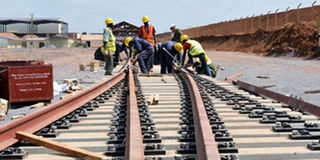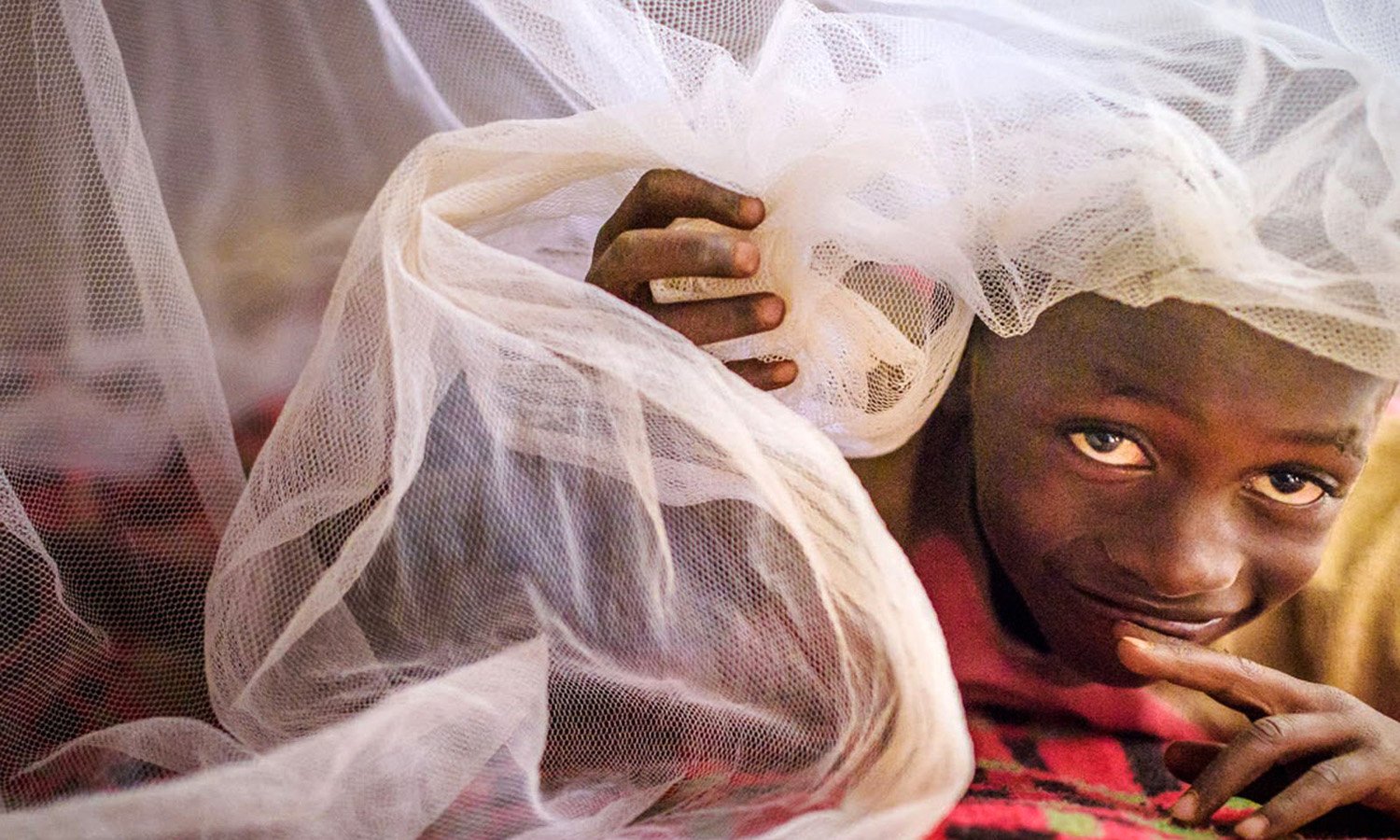MPs question status of Standard gauge Railway, Bukasa Port

At work. Workers on the Kenyan side of SGR. COURTSY PHOTO
What you need to know:
- The Standard Gauge railway is expected to link regional economies mainly the inland markets within the East African Community to the Sea Ports; Dar-es Salaam in Tanzania and Mombasa of Kenya.
- In 2014, EAC member countries in the Northern Corridor signed a protocol to have the Standard Gauge Railway, which is funded by China.
- Project works which started in Kenya have already stretched through Nairobi to Naivasha, and soon will connect to Kisumu and later, Malaba.
- There has been tension about slow progress on the side of Uganda, with fears that he project will hit a snag.
The Public Accounts Committee (PAC) of Parliament has opened up inquiries into two major infrastructure projects; the Standard Gauge Railway (SGR) and the Construction of a new Kampala Port in Bukasa, at the showers of Lake Victoria.
The inquiry relates to how the projects started close to a decade ago, have not taken shape, in the face of heavy budget allocations from the taxpayers.
Mr Waiswa Bageya, the Permanent Secretary in the ministry of Works and Transport was appearing before the committee, Thursday, to answer audit queries raised by the Auditor General, John Muwanga, for the year ended June 30, 2018.
The committee chaired by Budadiri West MP Nathan Nandala Mafabi questioned why despite the finalization of a Master Plan and the topographic surveys for the development of the new Kampala Port at Bukasa, the ministry has not commenced actual construction works at Bukasa.
The Bukasa Port is Part of the development of the Central Corridor from Kampala across Lake Victoria to Mwanza, Musoma to Dar-es Salaam on the Indian Ocean. It is to be jointly developed by Uganda and Tanzania.
It is meant to act as an alternative route for the Standard Gauge Railway which covers the Northern Corridor from Kampala to Mombasa.
The Permanent Secretary explained that the delays have been occasioned by absence of funds to resettle the project affected persons, which requires shs29.23b.
Meanwhile, the ministry is on spot for allegedly paying unmentioned sums of money to an illegal board of the Standard gauge Railway.
According to the Auditor General, “It was noted that all Board members terms expired in November 2017 and have not been renewed or replaced contrary to the SGR Project Governance Manual which requires members of the board to hold office for a period of two years renewable at the discretion of the Ministry of Works and Transport.”
Mr Bageya said that the SGR Board was established by the decision of Cabinet but did not provide any law.
“It is for this that the minister could not immediately re-appoint the Board pending consultations,” said Mr Bageya.
In the vacuum, Mr Bageya said there is a steering Committee headed by the minister with himself (Bageya) as members and a few others.
Mr Mafabi tasked the permanent secretary to produce a list of those who were wrongly paid.
“How much did you pay? Whom did you pay and how much did you spend on the so called board?” asked Mafabi.
The Standard Gauge railway is expected to link regional economies mainly the inland markets within the East African Community to the Sea Ports; Dar-es Salaam in Tanzania and Mombasa of Kenya.
In 2014, EAC member countries in the Northern Corridor signed a protocol to have the Standard Gauge Railway, which is funded by China.
Project works which started in Kenya have already stretched through Nairobi to Naivasha, and soon will connect to Kisumu and later, Malaba.
There has been tension about slow progress on the side of Uganda, with fears that the project will hit a snag.
However, Eng. Canon Perez Wamburu the SGR Project Coordinator for Uganda said the project is on schedule since they plan to reach Malaba in 2023.
“If Kenya starts from Naivasha today, we shall start and shall arrive at Malaba at the same time,” he said.




